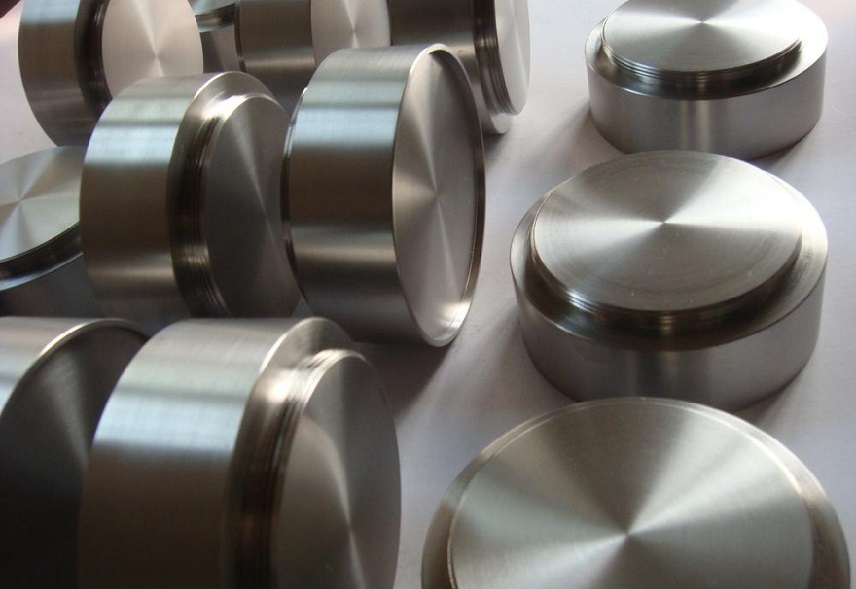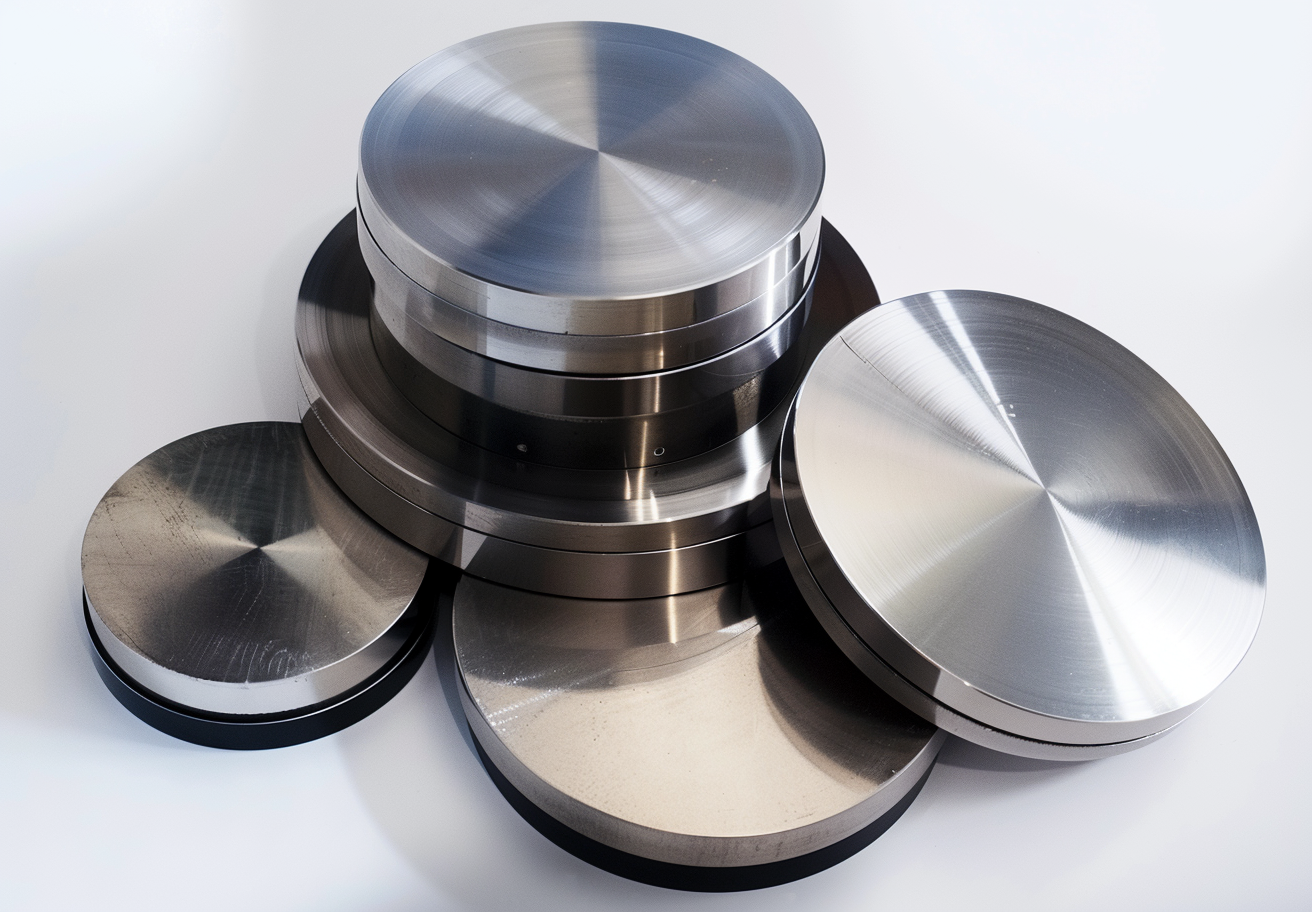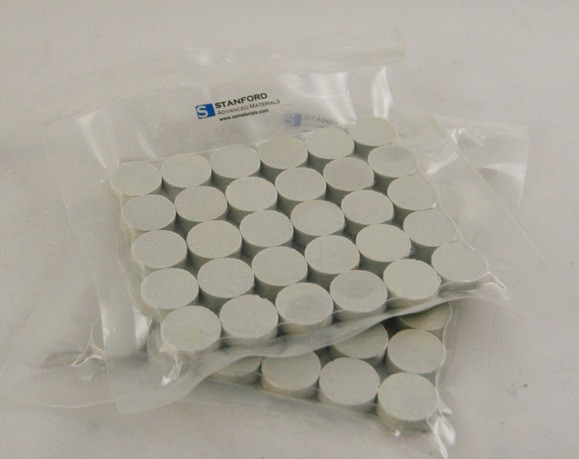When it comes to thin film deposition, the choice of sputtering target material can make or break the performance of your final product. For procurement specialists and product managers working in materials science, semiconductors, optics, or advanced coatings, understanding the distinctions between metal, ceramic, and alloy targets is critical. This article breaks down the characteristics, pros and cons, and ideal use cases for each category—so you can make the right call based on your application’s specific demands.
Why Target Material Matters
A sputtering target isn’t just a raw material—it directly shapes the properties of your film, from microstructure and adhesion to conductivity and optical clarity. Key performance indicators like purity, density, grain size, thermal conductivity, and deposition rate all depend on what your target is made of.
Further Reading: Important Characteristics of Sputtering Target Selection
1. Metal Targets: Simple, Conductive, and Versatile
Advantages:
Metal targets (e.g., gold, silver, copper, tungsten) offer high conductivity, efficient heat dissipation, and relatively easy processing. They’re ideal for DC magnetron sputtering systems and work well in environments where electrical conductivity and high deposition rates are essential.
Typical Uses:
-
Gold (Au) target: Excellent for SEM coatings and conductive layers
-
Silver (Ag) target: High conductivity at a lower cost
-
Tungsten (W) target, Tantalum (Ta) target: Refractory metals used for high-temperature or high-resolution coatings
Limitations:
Many metals oxidize easily, requiring high vacuum systems. They also tend to have larger grain sizes, which can limit resolution for high-precision imaging or ultra-thin film applications.
2. Ceramic Targets: Stable and High-Purity
Advantages:
Ceramic targets (e.g., alumina, boron nitride, zirconia) are prized for their thermal stability, chemical resistance, and ability to produce uniform, high-purity films. They’re used in RF sputtering systems due to their non-conductive nature.
Typical Uses:
-
Boron Nitride (BN) target: Ideal for dielectric films and plasma reactors
-
Alumina (Al₂O₃) target: Common in insulation and wear-resistant coatings
-
Zinc Oxide (ZnO) target: Used in transparent conductive films and solar cells
Limitations:
Ceramics are more brittle and less machinable than metals or alloys. They also generally have lower deposition rates and may require higher power input or specialized handling during sputtering.
3. Alloy Targets: Balanced Performance and Customization
Advantages:
Alloy targets combine properties of multiple elements to fine-tune film behavior. This allows for better control over grain structure, adhesion, or optical characteristics. Alloys can also help reduce cracking, improve layer uniformity, or mitigate stress in the deposited film.
Typical Uses:
-
Au/Pd target: Reduces grain size for finer SEM imaging
-
Pt/Pd target or Ti/Al target: Tailored for high-resolution coatings or specific electrical properties
-
Ni/Cr target: Common in resistive films and sensors
Limitations:
Elemental separation during sputtering can be a challenge, especially in non-equilibrium systems. Alloy targets may also introduce unwanted elements into the film if purity is not tightly controlled.
Decision Factors: What to Consider
Before choosing a sputtering target, ask yourself:
-
What are the electrical and thermal demands of the application?
If your film requires high electrical conductivity (e.g., for electrodes or interconnects), metals like silver or gold are strong candidates. For thermal insulation or dielectric behavior, ceramics like alumina or boron nitride are better suited.
-
Will the film be exposed to high temperatures, chemical attack, or plasma?
For harsh environments, opt for refractory metals (e.g., tungsten, tantalum) or chemically stable ceramics (e.g., alumina, BN). These materials retain integrity under extreme heat or corrosive plasma.
-
Is film purity or deposition speed more important?
High-purity targets (usually ceramics or precious metals) ensure cleaner films, ideal for electronics and optics. If throughput matters more, metals or alloy targets often offer higher deposition rates.
-
Are there EDX/SEM constraints that limit certain materials?
Avoid target elements that overlap with your sample in EDX analysis. For example, don’t use gold if your sample contains elements with similar X-ray peaks. Iridium or carbon may be better alternatives for high-resolution imaging without interference.
Matching the target material to your design requirements can save cost, improve throughput, and ensure consistent performance.
Final Thoughts
Each material class—metal, ceramic, alloy—has its place in the sputtering world. Metals deliver speed and conductivity, ceramics offer stability and precision, while alloys provide versatility and tunability. For procurement and product development teams, understanding these trade-offs is key to getting the most out of your thin film process.
Need help selecting or sourcing a specific sputtering target? At Stanford Advanced Materials, we provide custom and standard solutions tailored to your technical needs. Let’s find the right target for your next breakthrough.
Send An Inquiry





